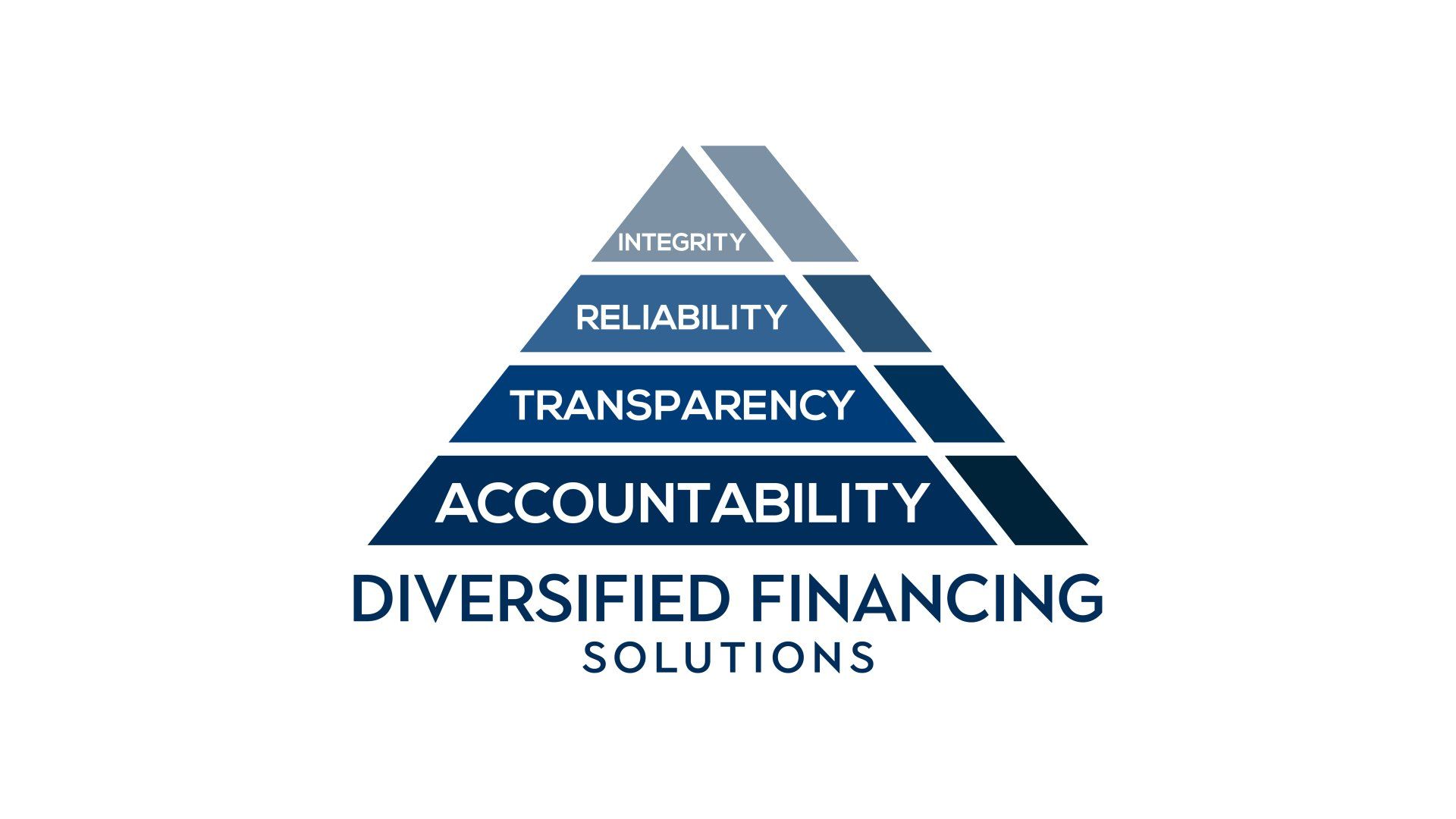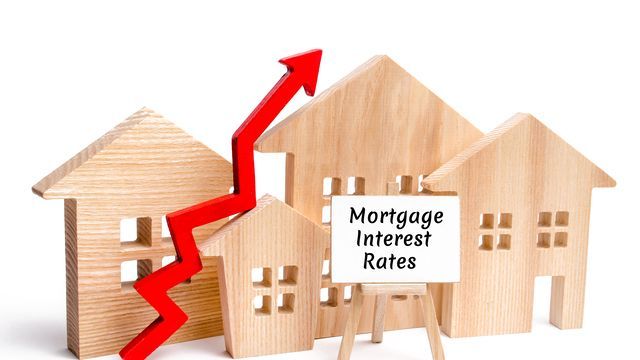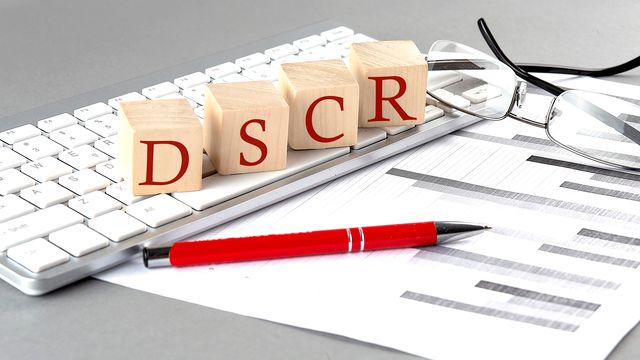What Is A Debt Service Coverage Ratio (DSCR) Loan?
For anyone delving into the world of real estate investment, understanding financial jargon is essential. Among the terms, the DSCR loan stands out as a significant concept that all budding investors should be familiar with. Beyond just another acronym, the DSCR loan plays a pivotal role in determining an investor's capability to repay borrowed funds. So, what's behind this term, and why should real estate enthusiasts care?
The Fundamentals: DSCR Loan Meaning
The term "DSCR" stands for Debt Service Coverage Ratio. It's a metric used by lenders to assess the financial health of a borrower, especially in the realm of real estate investment. DSCR measures the cash flow available to cover or service a borrower's debt obligations, particularly the mortgage on an investment property.
The formula to determine DSCR is:
DSCR=Net Operating Income/TotalDebtService
Where:
- Net Operating Income (NOI) is the annual revenue generated by the property, subtracting operating expenses.
- Total Debt Service represents the total annual debt obligations, including principal, interest, and lease payments.
Why DSCR Matters to Lenders
For lenders, the DSCR offers a clear picture of a borrower's ability to repay a loan. It goes beyond just looking at personal income and delves into the income-generating potential of the property in question.
A DSCR of 1 means the NOI is equal to the annual debt service, implying the investor can just cover their debt obligations. Typically, lenders prefer a DSCR greater than 1, as it indicates a buffer in cash flow. For instance, a DSCR of 1.25 suggests that the investor has 25% more NOI than required to meet annual debt payments.
Factors That Influence DSCR
Several factors can impact an investment property's DSCR:
- Property Location: A property situated in a prime location or a rapidly developing area might have higher rental incomes, positively impacting the NOI.
- Market Conditions: Economic trends, employment rates, and overall market health can influence rental demand and the amount investors can charge in rent.
- Property Maintenance: Regular maintenance and updates can command higher rents, thus increasing the NOI. On the other hand, neglecting maintenance can decrease the property's income-generating potential.
The Investor's Perspective on DSCR
While lenders use DSCR to assess risk, investors can also leverage this metric to evaluate a property's potential return on investment (ROI). A higher DSCR can be an indicator of a property's strong cash flow potential, suggesting it might be a sound investment.
Furthermore, understanding DSCR can empower investors during the loan application process. By being aware of how lenders perceive risk and evaluate a property's financial viability, investors can better position themselves and their properties to secure favorable loan terms.
DSCR and Loan Terms
The DSCR can significantly influence the terms of a loan:
- Interest Rates: A higher DSCR might secure a lower interest rate as it reduces the lender's risk.
- Loan-to-Value (LTV) Ratio: Lenders might be willing to finance a larger portion of the property's value if the DSCR indicates strong cash flow potential.
- Loan Duration: A favorable DSCR might result in extended loan terms, providing more flexibility to the investor.
Strategies to Improve DSCR
If an investor finds that a property's DSCR is below the desired level, there are strategies to improve it:
- Increase Revenue: This could involve raising rents, reducing vacancies, or adding additional income-generating amenities or services.
- Decrease Expenses: Streamlining property management processes, renegotiating contracts, or implementing energy-saving measures can reduce operating costs.
- Refinancing: Refinancing existing debt to secure a lower interest rate or extend the loan term can reduce the total debt service.
DSCR in Comparison to Other Metrics
While DSCR is undoubtedly a critical measure for both lenders and investors, it's just one tool in the extensive toolbox of financial metrics available in real estate. When assessing the potential of an investment property, it's beneficial to consider DSCR alongside other indicators to get a comprehensive view.
Capitalization Rate (Cap Rate): This metric gives investors an idea of the potential return on an investment without considering any mortgage financing. It's the ratio of the NOI to the property's purchase price. A higher cap rate might suggest a higher potential return, but it could also indicate higher risks associated with the property.
Cash on Cash Return: This measures the annual return on the amount of cash invested in the property. It helps investors understand the yield on their invested capital.
By juxtaposing DSCR with these other metrics, an investor can gain a multi-dimensional view of a property's financial potential, making well-rounded decisions.
The Evolving Nature of DSCR in Market Cycles
Real estate, like many sectors, goes through market cycles – periods of growth followed by slowdowns or contractions. During boom phases, rental incomes might surge, positively influencing DSCR. Conversely, during downturns, decreased demand or reduced rental rates could impact the NOI, affecting the DSCR.
Staying attuned to these market fluctuations and understanding their potential impact on DSCR is essential for long-term investment planning. For instance, during a market peak, an investor might leverage a strong DSCR to refinance and lock in better loan terms, anticipating potential downturns in the future.
Viewing DSCR in a Wider Perspective
While metrics like DSCR provide valuable insights into individual property investments, it's also essential to view them in the context of an entire investment portfolio. Diversifying across various properties, regions, and property types can mitigate risks. Even if one property experiences a drop in DSCR, strong performance in others can balance the overall portfolio. In essence, while diving deep into the numbers is crucial, taking a step back to view the broader investment landscape is equally vital.
Appreciating its Intricacies
In the intricate world of real estate investment, knowledge is power. Understanding the ins and outs of a DSCR loan equips investors to make informed decisions, ensuring their investments are both profitable and sustainable. As investors navigate their paths, leveraging metrics like DSCR will not only enhance their loan approval chances but also better position them to select the most promising properties. Remember, real estate success doesn't come solely from recognizing a property's physical potential but also from understanding its financial viability in the context of investment property loans and market dynamics.








